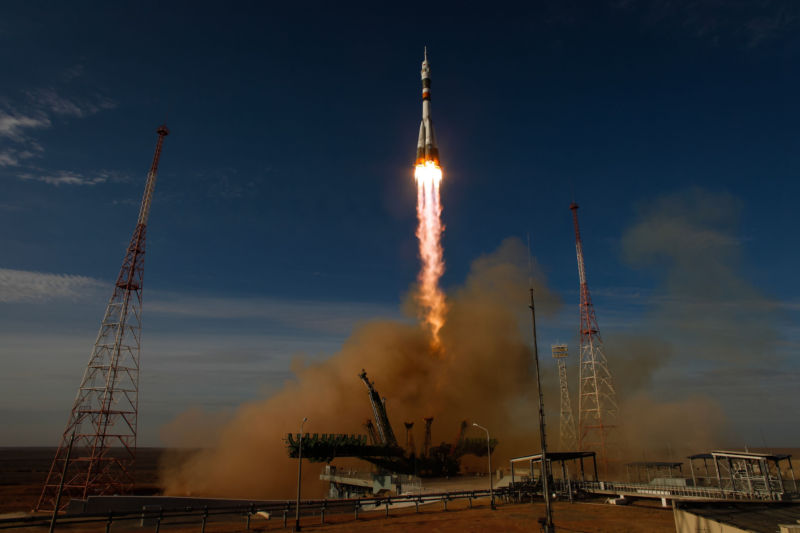
As recently as 2013, Russia's venerable fleet of rockets commanded nearly half of the global share of the commercial launch market. Since then, the emergence of other players, most notably SpaceX, has considerably shrunk the once-dominant Russian position.
This year, although Russia has made 17 successful orbital launches, only about a third of them have flown for paying customers other than the Russian government or the International Space Station. By contrast, SpaceX has made 16 launches this year, 11 of which have been for commercial customers. A SpaceX projection for 2018 suggests that disparity will continue to grow if the company continues to increase the flight rate of its Falcon 9 rocket.
Recognizing its dimming market position, the Russian rocket corporation, Energia, has fast-tracked development of a new medium-class launch vehicle that it is calling Soyuz-5. This rocket could replace the existing Soyuz rocket that carries cosmonauts and astronauts into space while competing with SpaceX for commercial payloads.
According to Russian space reporter Anatoly Zak, Russian officials have high hopes for the launch vehicle. "Even more importantly, the Kremlin saw the new-generation vehicle as the Russian response to the American challenge on the commercial launch market, making the work on the Soyuz-5 booster especially urgent," Zak writes.
Too little, too late?
The big achievement for Russia, Zak says, is potentially completing preliminary design work on the new rocket this year, which keeps Energia on track to bring the Soyuz-5 vehicle to market by late 2021. The three-stage rocket will be powered by RD-171 engines that will burn kerosene fuel. (SpaceX's Merlin engines also burn rocket-grade kerosene fuel.)
Left unstated in the Russian press is that SpaceX is unlikely to stand still between now and 2021. Four years ago, the company was still launching the initial, expendable version of its Falcon 9 rocket, one that could lift about 10.5 tons to low-Earth orbit. Next year, however, SpaceX is likely to debut the fifth and final version of its Falcon 9 booster, optimized for reusability and likely with a capacity of 23 tons to low-Earth orbit.
If that rocket is even a modest success, which seems plausible given SpaceX's recent progression, then when the Soyuz-5 rocket debuts in 2021, it won't be competing with a Falcon 9 rocket that costs $60 million and has a backlog in launches. Rather, with rapid reusability, it seems more likely that by then, SpaceX will be capable of launching nearly on demand for some fraction of $60 million.
reader comments
252